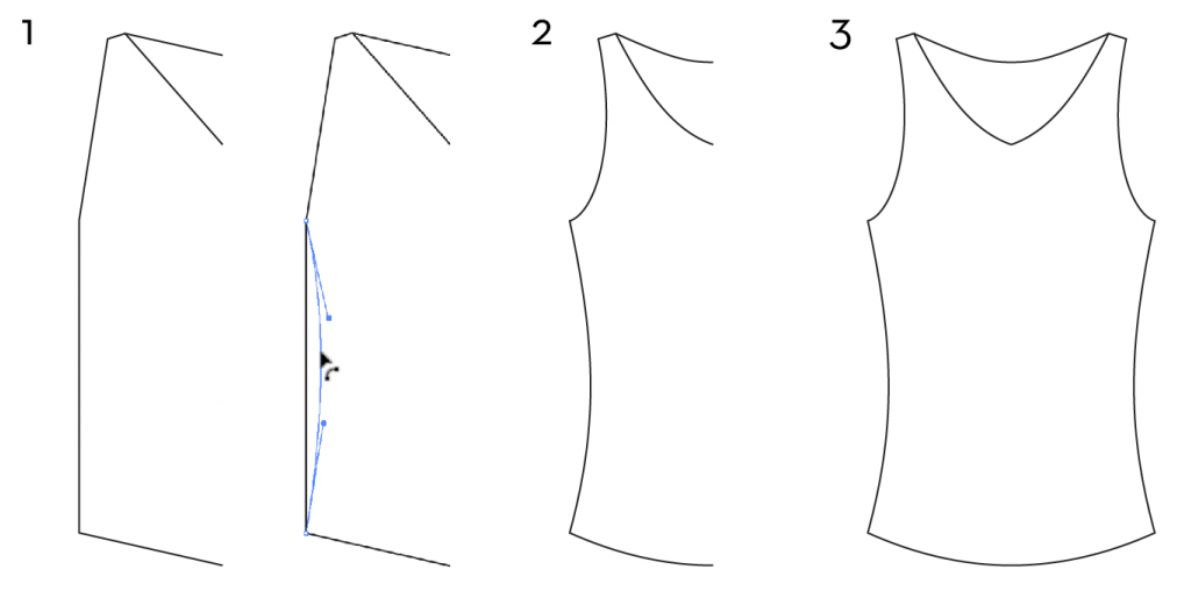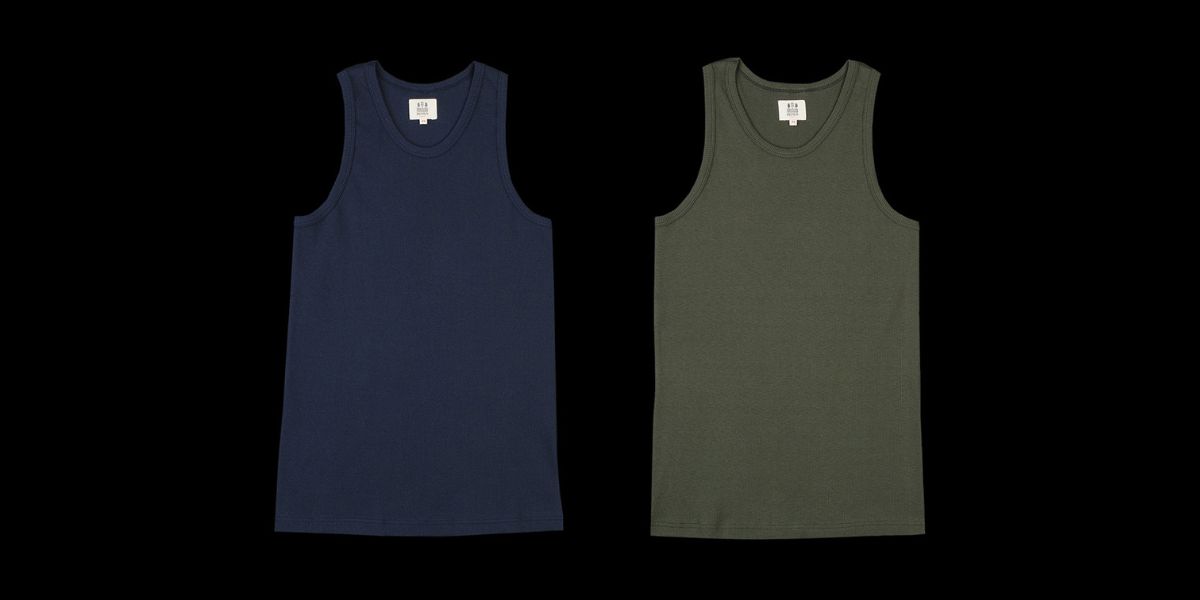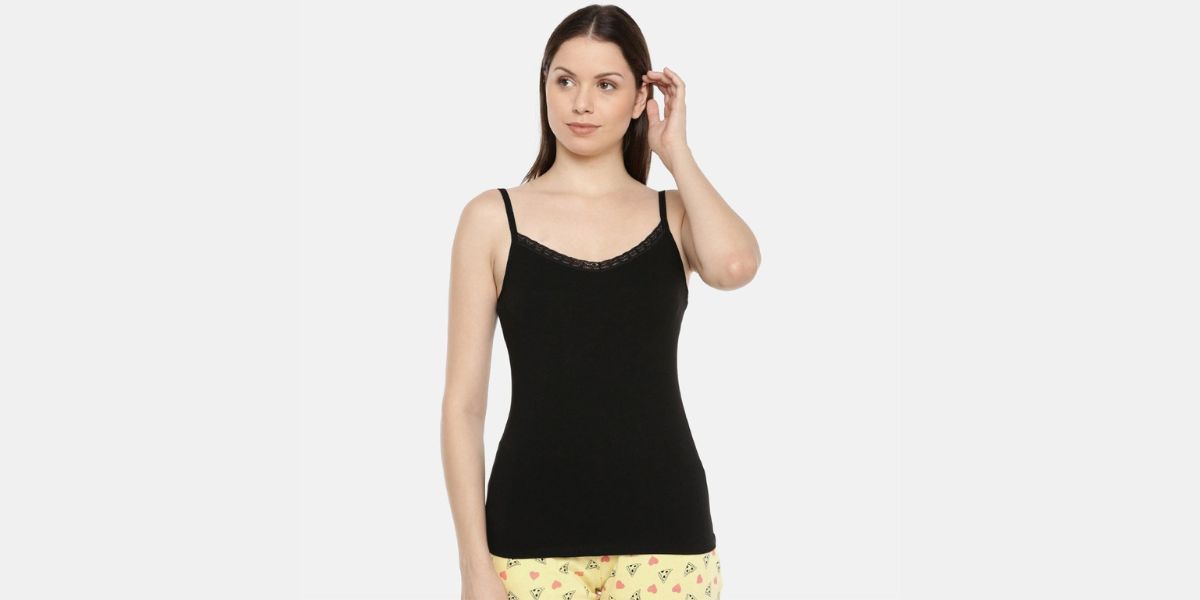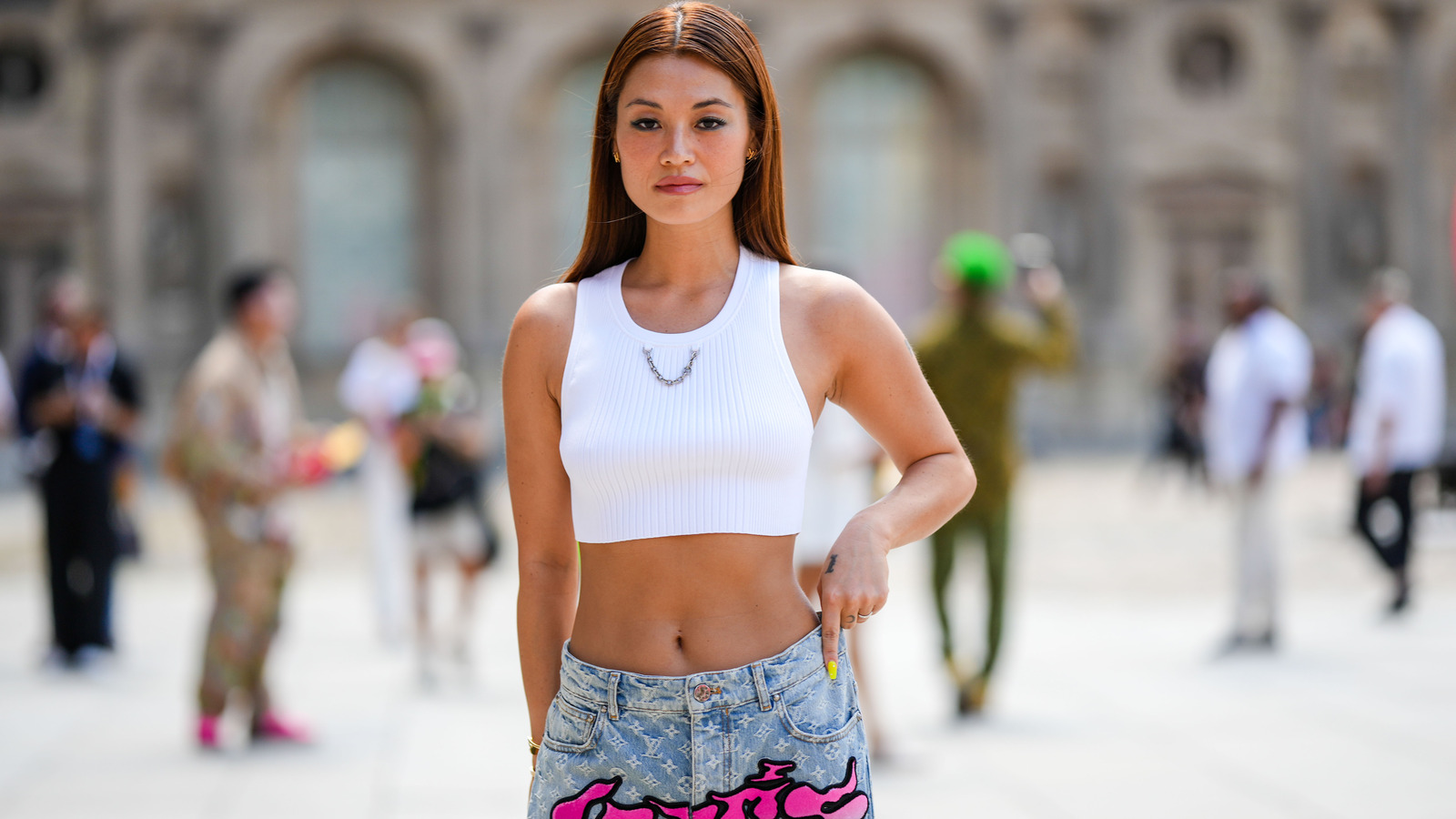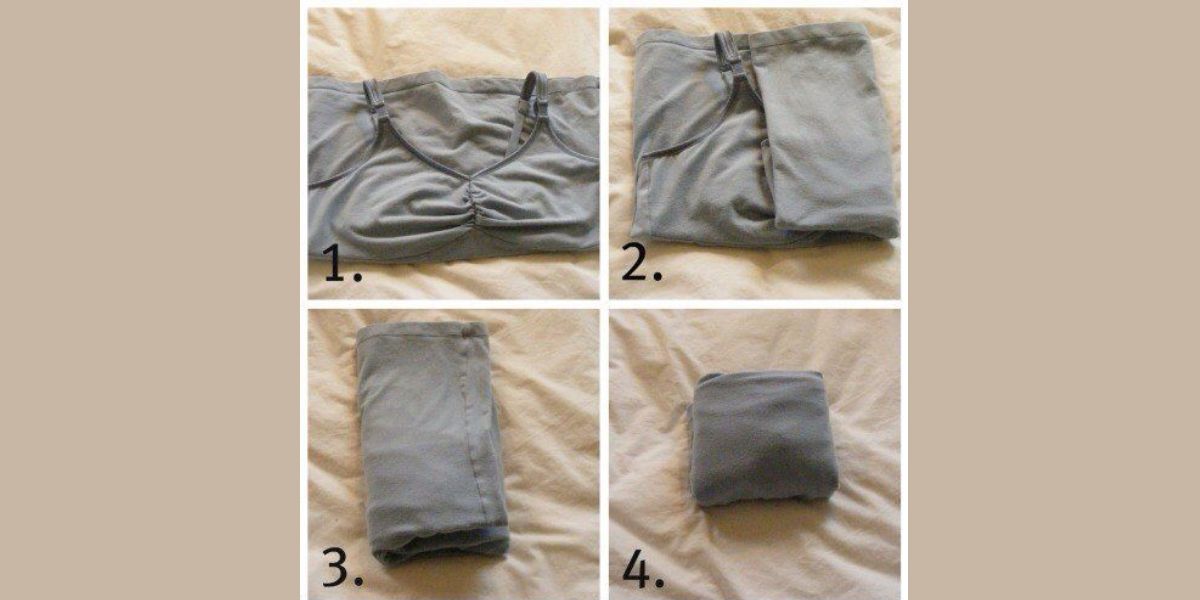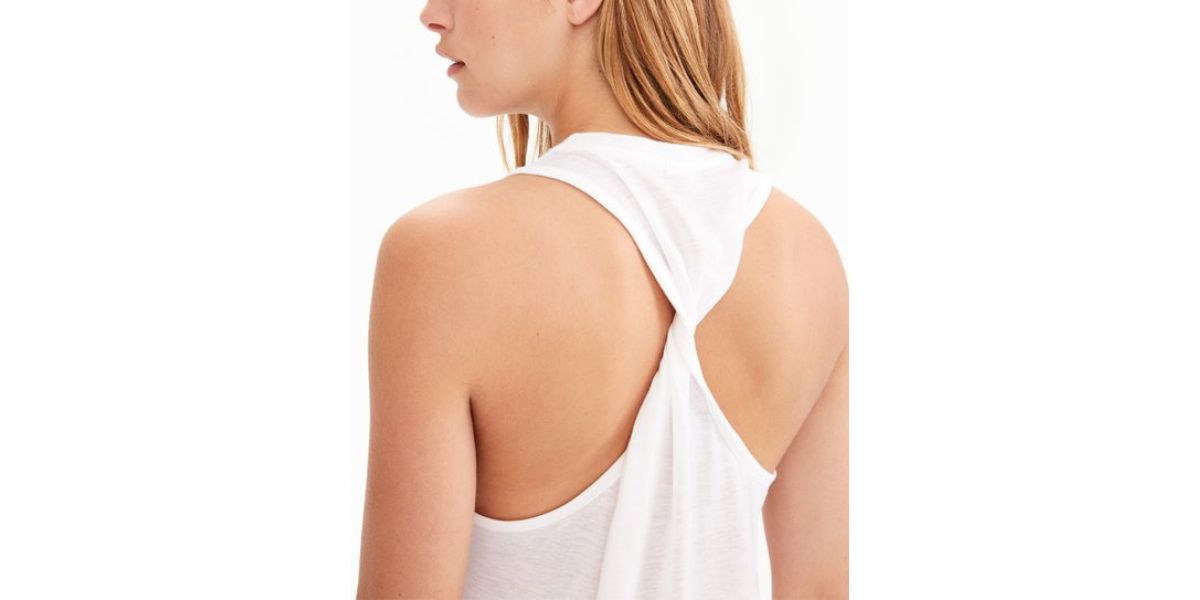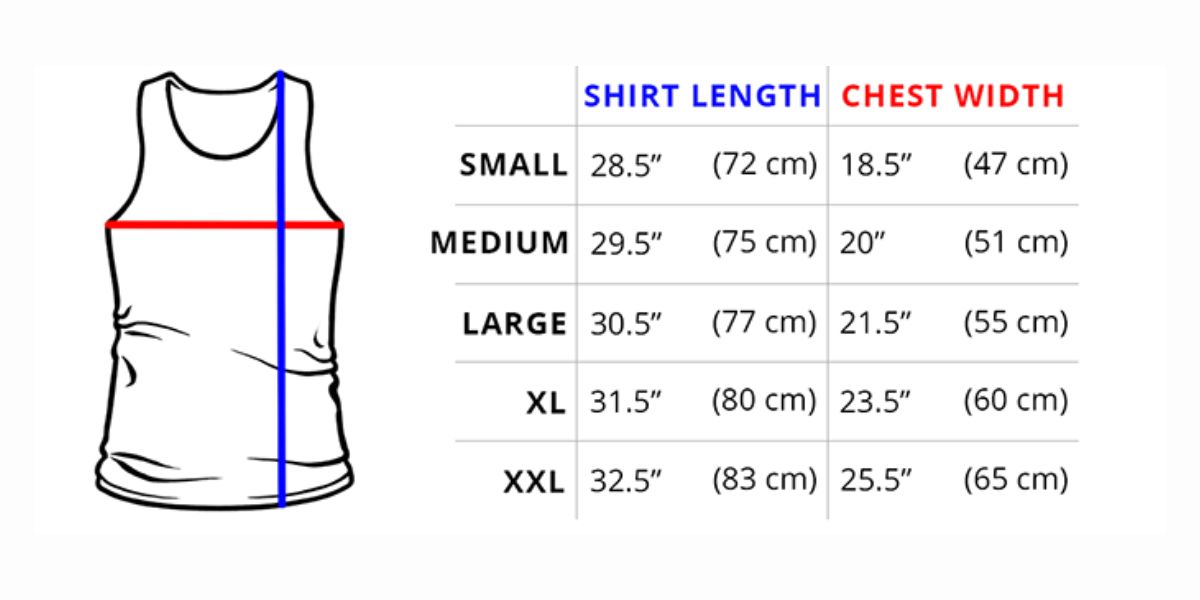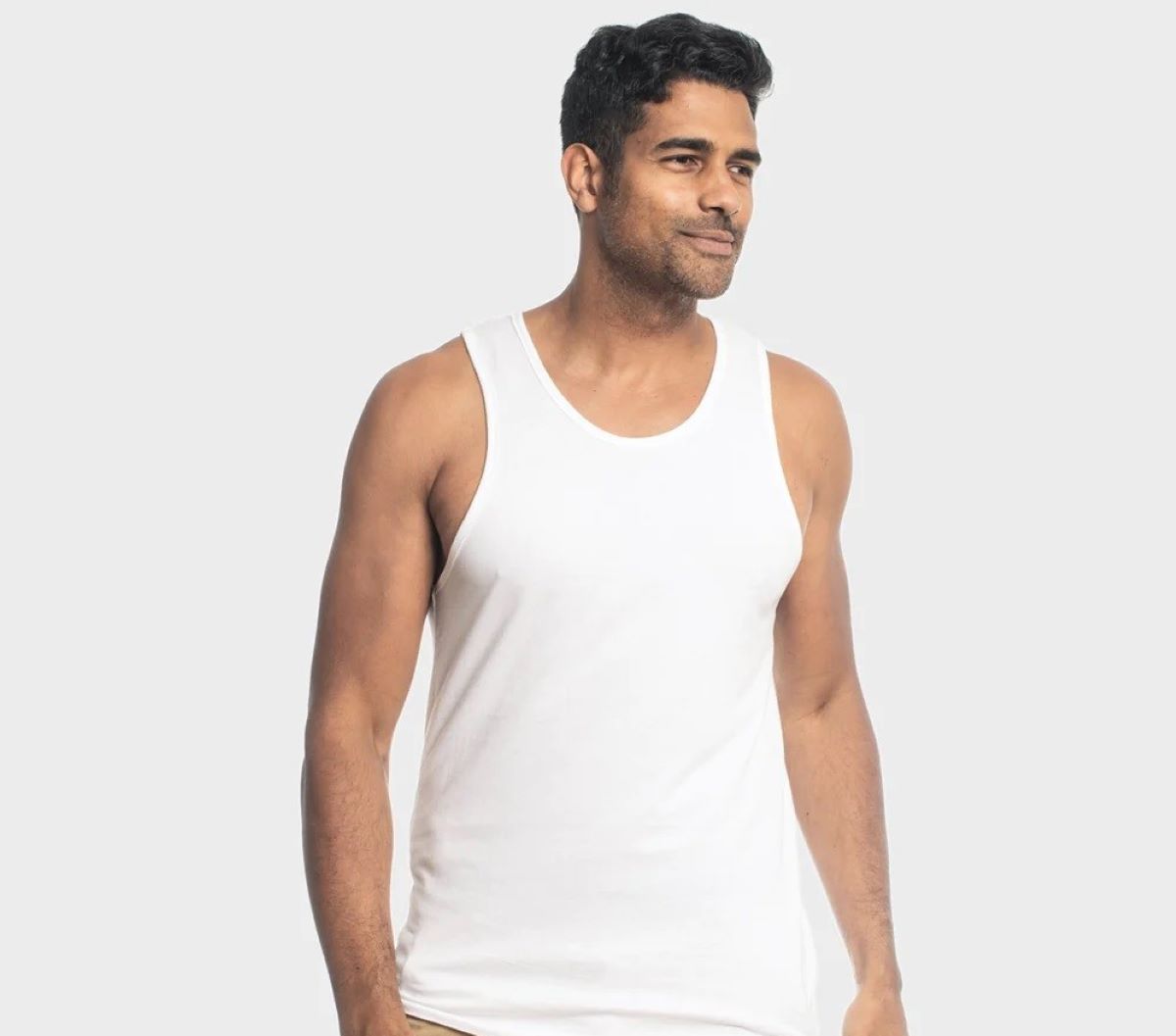Home>Latest Posts>Why Is The Tank Top Called A Wife Beater
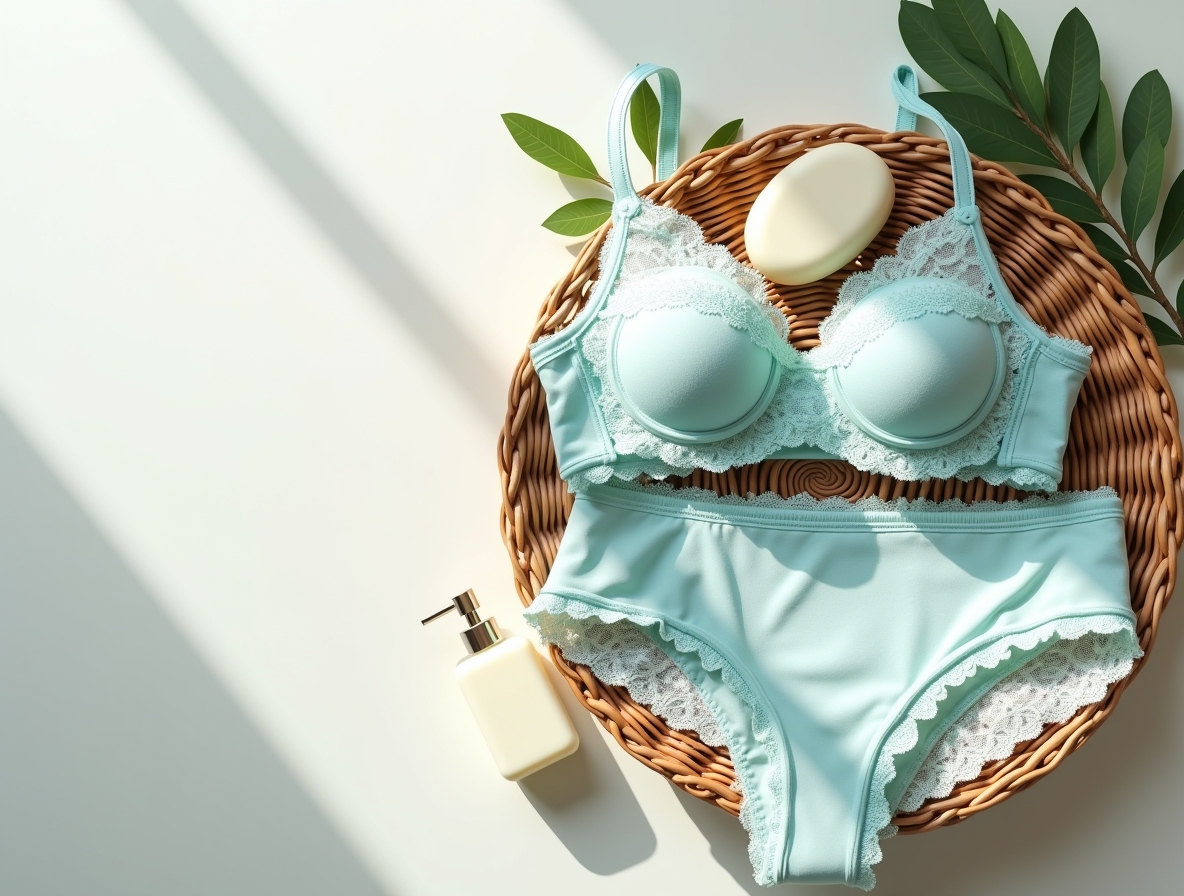

Latest Posts
Why Is The Tank Top Called A Wife Beater
Modified: August 5, 2023
Discover the different types of underwear and explore the meaning behind the name "wife beater" for tank tops. Uncover the history and cultural significance today!
(Many of the links in this article redirect to a specific reviewed product. Your purchase of these products through affiliate links helps to generate commission for Under-tec.com, at no extra cost. Learn more)
Table of Contents
Introduction
The tank top is a versatile piece of clothing that has become a staple in many wardrobes. Its sleeveless design and lightweight fabric make it ideal for hot weather or for layering under other clothing items. However, despite its popularity, the tank top has been subject to controversy and has been associated with a term that carries negative connotations.
In this article, we will explore the history of the tank top, the origins of the term “wife beater,” misconceptions and stereotypes surrounding the term, and the impact of these associations on fashion. We will also discuss alternative names for the tank top that have emerged in an effort to move away from the negative associations.
It is important to note that the purpose of this article is not to condone or perpetuate violence, but rather to shed light on the origins of a term and its impact on the perception of a garment. The tank top is a popular and widely worn item of clothing, and understanding its history and the controversies surrounding it allows for a more comprehensive understanding of fashion and its cultural implications.
So, let’s delve into the fascinating world of tank tops and uncover the truth behind its controversial association with the term “wife beater.
History of the Tank Top
The tank top, also known as a singlet or sleeveless shirt, has a long and interesting history. It is believed to have originated in the early 20th century as an undergarment for men. The design was simple, featuring a sleeveless cut and a high neckline.
Initially, tank tops were primarily worn as a form of athletic clothing. They were popular among athletes and bodybuilders due to their freedom of movement and breathability. Over time, the tank top evolved from being solely a functional garment into a fashion statement, worn not only during physical activities but also in casual settings.
In the 1950s and 1960s, the tank top gained popularity among women, who embraced its comfortable and versatile design. Icons like Marilyn Monroe and Brigitte Bardot sported tank tops in their movies, contributing to the garment’s rise in popularity.
By the 1970s and 1980s, the tank top had become a staple in both men’s and women’s fashion. It was seen as a symbol of rebelliousness and nonconformity, thanks to its association with counterculture movements like the hippie and punk scenes.
With the advent of the fitness boom in the 1980s and 1990s, tank tops became even more prevalent. They were embraced by gym-goers and fitness enthusiasts who appreciated their comfort and freedom of movement during workouts.
Today, tank tops continue to be a popular clothing item for people of all genders and age groups. They are available in a variety of styles, colors, and fabrics, catering to different fashion preferences and occasions. From basic solid-colored tank tops to trendy graphic prints, the tank top has become a wardrobe staple loved for its versatility.
As we explore the history of the tank top, it is important to acknowledge its evolution from a functional undergarment to a fashionable and widely embraced piece of clothing. Understanding this history sets the stage for a deeper examination of the controversial name associated with the tank top – the term “wife beater.”
Origins of the Term “Wife Beater”
While the tank top has a rich history, it unfortunately became burdened with a term that carries negative connotations – the “wife beater.” The origins of this term are somewhat murky, but it is believed to have emerged in the late 20th century.
The term “wife beater” is a derogatory slang phrase that originated in the United States. It gained prominence due to its association with domestic violence, specifically the perception that men who engaged in abusive behavior towards their partners wore tank tops. This association is not only unfair but also perpetuates harmful stereotypes.
It is important to emphasize that the term “wife beater” is highly inappropriate, and its usage should be avoided. It is essential to recognize that domestic violence is a serious issue that affects people of all walks of life. Associating a garment with such a heinous act not only trivializes the gravity of the problem but also undermines efforts to provide support and raise awareness for victims.
Despite the negative connotations attached to the term, it’s crucial to note that tank tops have no inherent connection to domestic violence. The association between the garment and abusive behavior is purely based on societal stereotypes and misconceptions.
It is also worth mentioning that using the term “wife beater” to describe a tank top perpetuates harmful gender stereotypes. Domestic violence can occur in any relationship, regardless of gender. The use of this term reinforces the idea that only men are perpetrators of abuse, which is a gross oversimplification of a complex issue.
Furthermore, it’s important to note that not all tank tops resemble the stereotypical image associated with the term “wife beater.” Tank tops come in various styles, including spaghetti straps, racerbacks, and oversized cuts, which cater to different fashion preferences.
In recent years, there have been efforts to challenge and distance the tank top from the derogatory term. Many people now refer to the garment simply as a tank top or singlet, emphasizing its neutral and inclusive nature. This shift in language is a positive step towards dissociating the tank top from harmful stereotypes and fostering a more inclusive and respectful fashion culture.
With a clearer understanding of the origins and implications of the term “wife beater,” we can now explore the misconceptions and stereotypes that have contributed to its association with the tank top.
Misconceptions and Stereotypes Surrounding the Term
The term “wife beater” carries with it a range of misconceptions and stereotypes that have had a detrimental impact on the perception of the tank top as a garment. These misconceptions not only perpetuate harmful stereotypes about domestic violence but also contribute to the stigmatization of those who wear tank tops.
One of the most significant misconceptions is the assumption that wearing a tank top automatically implies aggressive or abusive behavior. This baseless stereotype creates a negative association with the garment and unfairly judges those who choose to wear it.
The term “wife beater” also reinforces harmful gender stereotypes. It suggests that only heterosexual men are perpetrators of domestic violence, disregarding the fact that abuse can occur in any relationship, regardless of gender or sexual orientation.
Another misconception is that tank tops are exclusively worn by people who are socially marginalized or exhibit aggressive behavior. This stereotype is not only unfounded but also perpetuates classist assumptions and further marginalizes certain communities.
Furthermore, the term “wife beater” ignores the diverse range of individuals who choose to wear tank tops for various reasons. People wear tank tops for comfort, fashion, athletic activities, or simply personal preference. Labeling them based on a negative stereotype is unfair and unfounded.
It is crucial to challenge these misconceptions and stereotypes and recognize that the choice to wear a tank top does not dictate one’s character or behavior. The association of a garment with abusive behavior is not only unjust but also perpetuates harmful assumptions and biases.
Engaging in open and honest discussions about the harmful effects of such stereotypes is an important step towards changing societal perceptions. Promoting inclusivity and understanding within the fashion industry and beyond can help dispel these misconceptions and foster a more accepting and respectful environment.
As we move forward, it is important to acknowledge and dismantle these misconceptions and stereotypes that have plagued the term “wife beater” and its association with the tank top. By doing so, we can create a more inclusive and nuanced dialogue around fashion and challenge harmful narratives that perpetuate discrimination or violence.
Cultural References and Impact on Fashion
The tank top, despite its unfortunate association with the term “wife beater,” has left a lasting impact on the world of fashion and popular culture. Its versatility and ease of wear have made it a favorite among designers, celebrities, and everyday individuals.
In popular culture, the tank top has been prominently featured in films, music videos, and iconic images. It has become synonymous with casual coolness and effortless style. From James Dean in “Rebel Without a Cause” to Tom Cruise in “Top Gun,” the tank top has been showcased as a symbol of rebelliousness and youthful energy.
Furthermore, the tank top has influenced fashion trends across the globe. Designers have incorporated the tank top into their collections, adding their unique twist to the classic garment. It is no longer limited to basic solid colors; tank tops now come in various patterns, prints, and textures, attracting a wider audience and appealing to diverse fashion tastes.
The tank top’s impact on fashion is evident in streetwear and athleisure trends. It has seamlessly transitioned from being solely an undergarment or sportswear to a key component of everyday casual attire. Many people now consider the tank top a wardrobe essential, perfect for layering or making a fashion statement on its own.
Additionally, the tank top has become an essential item for summer wardrobes. Its sleeveless design provides breathability and comfort during hot weather, making it a go-to choice for outdoor activities, vacations, and beach trips.
However, it is essential to note that the tank top’s cultural references and impact on fashion should not overshadow the need for sensitivity and awareness surrounding its association with the term “wife beater.” While appreciating its style and versatility, it is crucial to separate the garment from negative stereotypes and honor the diverse range of individuals who choose to wear it.
As the fashion industry continues to evolve, there has been a call for greater inclusivity and representation. This includes challenging harmful stereotypes associated with certain garments and promoting a more inclusive and respectful dialogue around fashion.
By embracing a more nuanced understanding of the tank top’s cultural references and impact on fashion, we can appreciate its influence while actively working to dismantle the negative associations that have unfairly tainted its reputation.
Alternative Names for the Tank Top
Due to the negative connotations associated with the term “wife beater,” there has been a growing movement to find alternative names for the tank top that do not perpetuate harmful stereotypes. These alternative names emphasize the garment’s style, comfort, and versatility while promoting inclusivity and respect.
One common alternative name for the tank top is simply “tank.” This term accurately describes the garment’s sleeveless design and is gender-neutral, allowing for a more inclusive and diverse representation.
Another popular alternative is the “sleeveless shirt” or “sleeveless top.” These names focus on the absence of sleeves rather than using a term with negative connotations. They are descriptive and inclusive, embracing the wide range of styles and variations within the category.
The term “singlet” is also commonly used, particularly in sports or athletic contexts. Originally referring to a one-piece spandex bodysuit worn by athletes, the term now encompasses a broader range of sleeveless tops, including the tank top.
In recent years, there has been an emergence of creative and playful alternative names for the tank top. Some people refer to it as a “muscle tee” or a “bro tank” to highlight its association with weightlifting and gym culture. These names are lighthearted and embrace the popularity of tank tops in fitness and wellness communities.
Furthermore, many clothing brands and retailers have adopted their unique names for tank tops, often based on their specific design or target audience. This allows for individuality and personalization while moving away from the negative associations of the term “wife beater.”
It is essential to encourage the use of these alternative names in everyday conversations and in the fashion industry. By adopting inclusive language and challenging harmful stereotypes, we can contribute to a more respectful and accepting environment for all individuals.
While the term “wife beater” unfortunately still persists in some contexts, there is a growing momentum to shift towards more inclusive and descriptive language when referring to the tank top. By embracing these alternative names, we can help redefine and reshape the perception of this versatile garment.
Conclusion
The tank top is a beloved and versatile garment that has endured the test of time. Its history and impact on fashion are evident, as it continues to be a staple in wardrobes worldwide. However, the term “wife beater” has unfortunately overshadowed its positive attributes and perpetuated harmful stereotypes.
Understanding the origins of this derogatory term and the misconceptions surrounding it is crucial in promoting inclusivity, respect, and dialogue. We must challenge the negative associations and recognize that the choice to wear a tank top does not dictate one’s character or behavior.
By embracing alternative names for the tank top, such as “tank,” “sleeveless shirt,” or “singlet,” we can emphasize its style and versatility while promoting a more inclusive and diverse representation. Additionally, lighthearted descriptors like “muscle tee” or brand-specific names further personalize and distance the garment from harmful stereotypes.
It is essential to continue these conversations and encourage the use of inclusive language in everyday interactions and within the fashion industry. By doing so, we help redefine the perception of the tank top and create a more respectful and accepting environment for individuals who choose to wear it.
As we move forward, let us celebrate the tank top for its fashion-forward design, comfort, and versatility. Let us appreciate its impact on popular culture and its ability to adapt to various style trends. But above all, let us strive to challenge harmful narratives, cultivate inclusivity, and reject the use of derogatory terms that unfairly stigmatize both the garment and the individuals who wear it.
